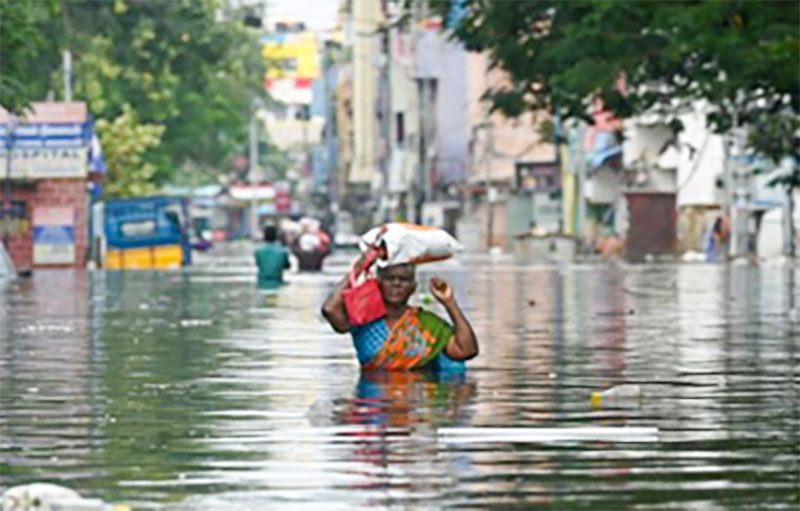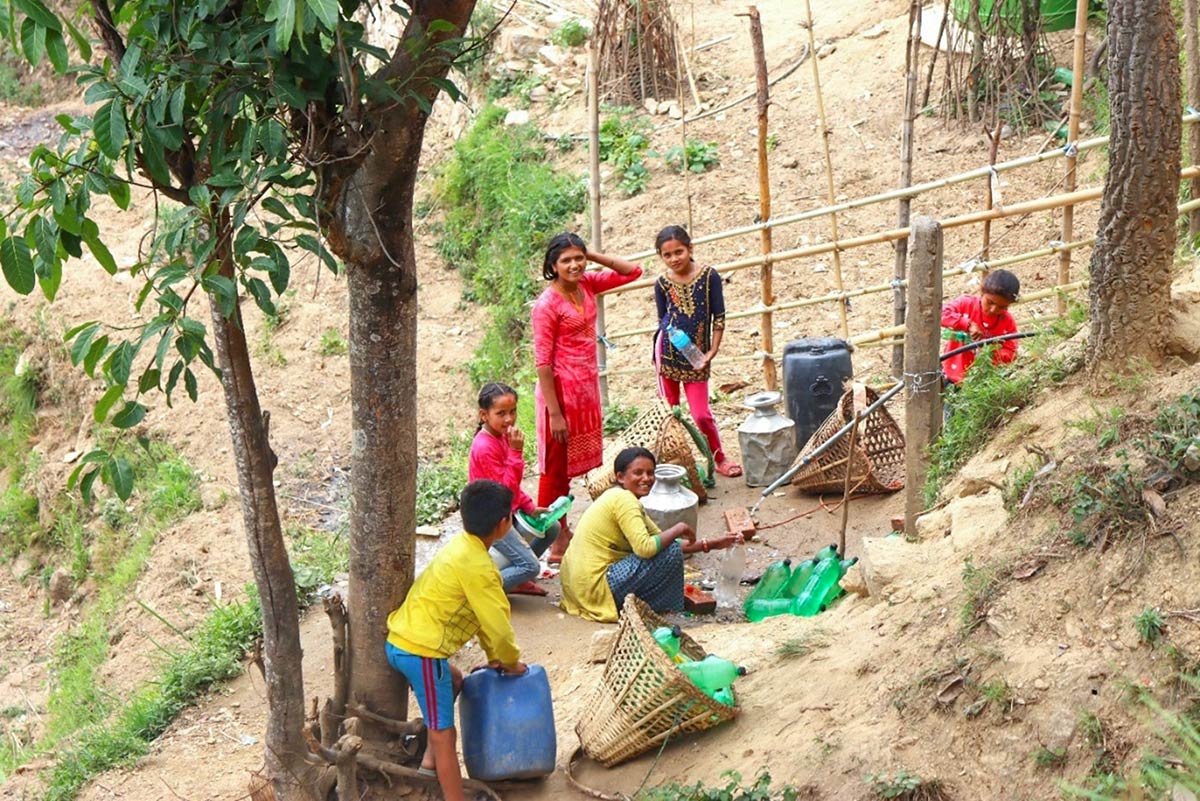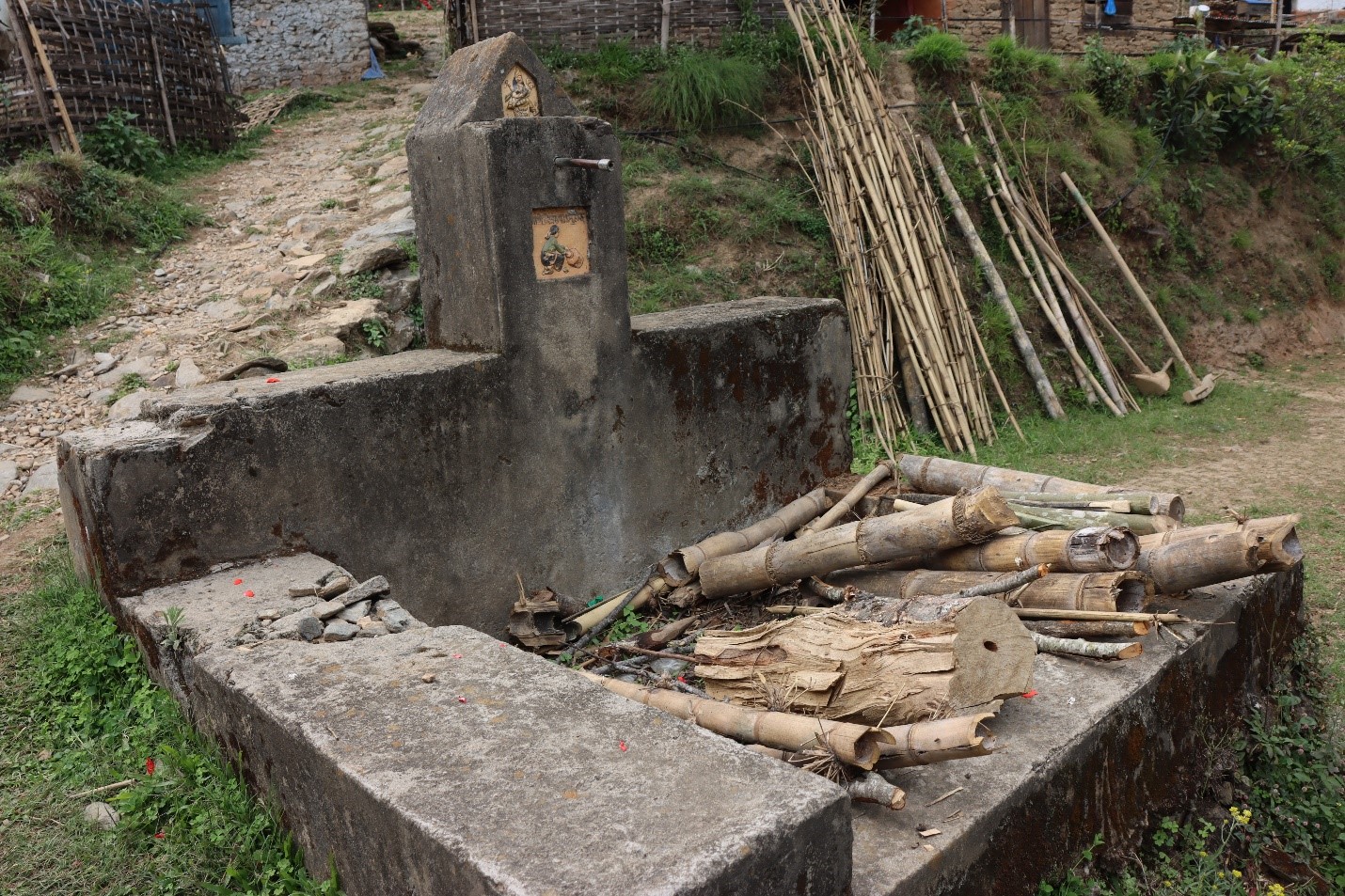In recent decades, South Asia has witnessed increasingly frequent episodes of heavy rainfall, leading to recurrent floods in several major Indian cities, including Chennai. The city experienced major floods in 2005, 2015, and 2023, each causing severe damage. While every flood is distinct, the impacts have been devastating and appear to be worsening over time. The 2023 floods were the most severe in 47 years.
All Articles
Nepal’s climatological record officially begins in 1879, when the British established a weather station at the Legation Hospital Compound in Kathmandu, an initiative documented by Nayava (1982)[i]. Temperature and rainfall were recorded, although intermittently, until the mid-1940s. Yet, archival traces of early colonial writings on Nepal suggest that meteorological interest in Nepal predates this by many years: temperature was reportedly measured in Kathmandu as early as 1793, several years before the British Residency was officially established. Notably, it positions Kathmandu ahead of India under East India Company rule in terms of meteorological measurement.
The author juxtaposes the water-related symbolism of eastern spiritual practices with the modern call for dialogue between scientific and traditional knowledge in an effort to pursue sustainable stewardship of increasingly stressed water bodies.
In this article, published by the Alliance for Global Water Adaptation (AGWA), John Matthews argues for viewing water issues through a system thinking lens, challenging the emphasis on hydrological basins in water management.
Department of Forests and Soil Conservation (DOFSC) Nepal, the International Union for Conservation of Nature (IUCN), and the World Wildlife Fund (WWF) organized the National Consultation on Freshwater Challenge (FWC), in Kathmandu, at Hotel Himalaya, Kupundole, on December 16, 2024. In the meeting, participants discussed the challenges of operationalizing the FWC, a global initiative launched at the UN Water Conference in March 2023. The FWC aims to restore 300,000 km of degraded rivers and 350 million hectares of wetlands by 2030 in 44 countries, including Nepal. My reflection as one of the panelists at the meeting.
According to data from the Multiple Indicator Cluster Survey conducted in Nepal in 2019, 95.4% of the Nepali population had access to a basic water supply , and 94.5% had improved sanitation . However, the coverage for safely managed drinking water and safely managed sanitation stood at just 19.1% and 61%, respectively.
This case study highlights growing upstream-downstream contestations, unfair water distribution and limited say of women in drinking water systems in hills of Nepal. It is a short version of the chapter by the authors entitled “Applying a Climate Justice Framework to Understand Inequities in Urban Water Governance amid Climate Change Challenges in Nepal’ in the forthcoming book Environmental Justice in Nepal: Origins, Struggles, and Prospects.
Ensuring fair and affordable access to safe drinking water is a primary objective of donor-funded large-scale urban water supply systems in Nepal. Unfortunately, the high installation costs associated with private taps have posed a threat to water accessibility to urban poor in peri-urban areas. The provision of communal taps has important implications for accessing water to households who cannot afford a private connection.
Based on a case study of selected Farmer-Managed Irrigation Systems, this article examines the links among climate change, water scarcity, and migration and suggests a more nuanced examination of the nexus.
I was introduced to the floods of the Koshi River while pursuing my Master’s in Political Science at the University of Delhi. In 2017, when electronic media reported on flood disasters, I contacted Koshi Navnirman Manch, a people’s movement working with individuals living within and outside the embankments along the river in Bihar.i Through the Manch, I provided support to the flood victims. I have faint memories of people saying unpleasant things about the lives of people living within the embankments. After getting in touch with Koshi Navnirman Manch, I decided to write a term paper on the Koshi River floods as a part of my Master’s program. In the process, I was introduced to writing on the Koshi floods by Dinesh Mishra, Rajiv Sinha, and other scholars. Subsequently, I decided to pursue a PhD on the Koshi River floods.
From the Assi Ghat in the holy city Banaras (also known as Kashi), rows of elaborate tents, raised on the far side of the floodplain of the Ganga River, are visible. They are part of a neighborhood known as ‘Tent City,’ a ‘city’ catering to tourists and helping them experience all dimensions of the heritage city Banaras, from its floodplains to the sacred Ganga River that flows flanking the city.
A river has democracy, too. If people respect this democracy, the river will respect people. Otherwise, it will only bring trouble.
What if a river were a character in a play? What would the river say if it could speak? How would it roar in anger? How would a river express happiness when it was free to move and flow? How would it show agony when its flow was constrained?
Improving participation and representation of people at risk are key to make transboundary interactions on flood early warning systems more effective. Because floods have strong upstream-downstream linkages, an early warning system can significantly reduce losses in the downstream areas by providing early information and allowing for pre-emptive actions.
It began one winter morning by the banks of the Brahmaputra in Tezpur, Assam. Enveloped by thick fog, one can’t see where the river ends and the sky begins. The was a muffled silence interrupted by bird calls and the sound of the river. Suddenly, we heard a voice in the distance singing. A break in the fog and out came a small boat with a man in a red sweater rowing and singing. There he was, an elderly fisherman from the fishing village singing a song about the river passed down from mother to son. A song that lives only in his memory and nowhere else now. We met him as he pulled up his boat to the river bank and thus began the journey of Morisika; The Story of the Boatman.















